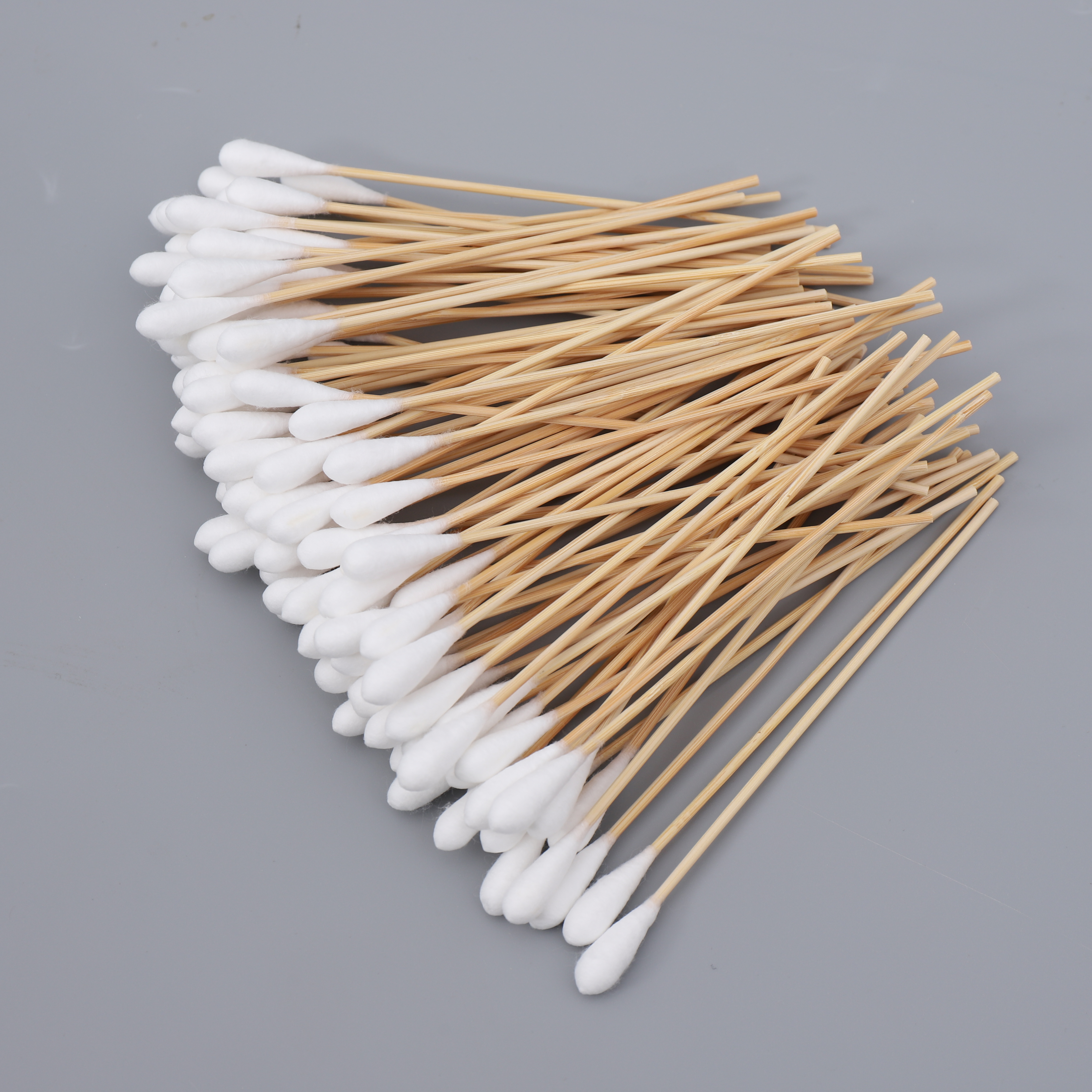What Are Cotton Buds Made Of, And Are They Safe To Use?
Understanding the Composition and Safety of Modern Cotton Swabs
Cotton buds, those seemingly simple yet indispensable personal care tools, have become a bathroom cabinet staple in households worldwide. These small but versatile implements serve numerous purposes, from personal hygiene to cosmetic application and even arts and crafts. While many of us use cotton buds daily, few understand their exact composition and safety considerations. Let's delve deep into what these everyday items are made of and explore their safe usage guidelines.
The Anatomy of Cotton Buds
Core Components and Materials
At their most basic, cotton buds consist of two main parts: the stem and the cotton tips. The stem traditionally was made from wood or rolled paper, but modern versions often utilize plastic or biodegradable materials. The tips are typically made from pure cotton, though some variations may use synthetic materials or blended fibers. Premium cotton buds often feature medical-grade cotton that undergoes strict purification processes to ensure cleanliness and safety.
Manufacturing Process and Quality Standards
The production of cotton buds involves precise manufacturing processes to ensure consistency and safety. The cotton is first cleaned, sterilized, and processed into a uniform texture. It's then wrapped tightly around each end of the stem using specialized machinery. Quality manufacturers implement strict controls to prevent contamination and ensure the cotton tips remain firmly attached to the stem. The entire process must comply with various health and safety regulations, particularly for products intended for medical or cosmetic use.
Environmental Impact and Sustainable Alternatives
The Plastic Problem
Traditional plastic-stemmed cotton buds have become a significant environmental concern. These small items frequently end up in waterways and oceans, contributing to plastic pollution. Many countries have begun implementing bans on plastic cotton buds, pushing manufacturers to develop more eco-friendly alternatives. The environmental impact has sparked important discussions about responsible production and disposal methods.
Eco-friendly Materials and Innovation
In response to environmental concerns, manufacturers have developed several sustainable alternatives. Bamboo-stemmed cotton buds offer durability while being biodegradable. Paper-stemmed versions provide another eco-conscious option, decomposing naturally without harmful environmental impact. Some innovative companies have even created reusable cotton buds made from silicone or other washable materials, significantly reducing waste.
Safety Considerations and Proper Usage
Medical Perspectives on Cotton Bud Use
Healthcare professionals emphasize the importance of proper cotton bud usage, particularly regarding ear cleaning. While many people use cotton buds for ear hygiene, medical experts advise against inserting them into the ear canal. The ear is self-cleaning, and using cotton buds can potentially push wax deeper, cause injury, or lead to infections. Understanding these medical guidelines is crucial for safe usage.
Safe Application Methods
Cotton buds can be safely used for various purposes when proper techniques are followed. They excel in makeup application and removal, especially around delicate areas like the eyes. For first aid, they're valuable for applying antiseptics or cleaning small wounds. In baby care, they're useful for cleaning hard-to-reach areas during bathing, though careful, gentle handling is essential.

Professional and Cosmetic Applications
Beauty Industry Standards
Professional makeup artists and beauticians rely heavily on cotton buds for precise cosmetic application. The tools allow for detailed work, such as cleaning up eye makeup, applying small amounts of product, or creating intricate designs. The beauty industry often prefers premium cotton buds with specific characteristics, such as extra-firm tips or precision points, to achieve professional results.
Industrial and Technical Uses
Beyond personal care, cotton buds serve important roles in various technical applications. They're used in electronics cleaning, art restoration, and detailed mechanical work. These specialized uses often require specific types of cotton buds designed for precision and cleanliness, with materials chosen to prevent static electricity or lint residue.
Frequently Asked Questions
How often should cotton buds be replaced in storage?
Cotton buds should be stored in a clean, dry place and used within two years of purchase. While they don't technically expire, exposure to moisture or contaminants can compromise their safety and effectiveness. Always check for any signs of discoloration or degradation before use.
Are organic cotton buds worth the higher cost?
Organic cotton buds can be beneficial for those with sensitive skin or environmental concerns. They're produced without harmful pesticides and chemicals, making them gentler on both the skin and the environment. While they may cost more, the benefits often justify the investment for health-conscious consumers.
Can cotton buds be recycled?
The recyclability of cotton buds depends on their materials. Paper or bamboo-stemmed versions can be composted, while plastic stems typically aren't recyclable due to their size and mixed materials. The best environmental choice is to opt for biodegradable options or reusable alternatives.



